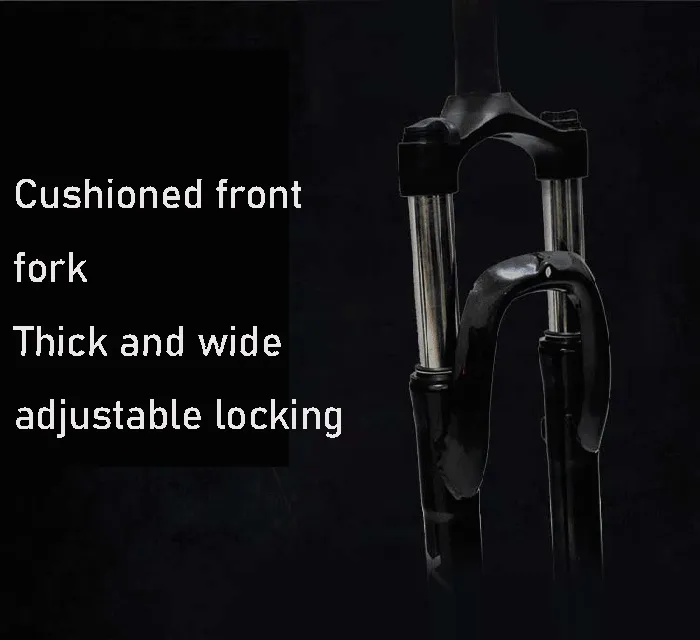Sep . 02, 2024 17:02 Back to list
How to Adjust Derailleur on a Mountain Bike - Step-by-Step Guide
How to Adjust the Derailleur on a Mountain Bike
Adjusting the derailleur on your mountain bike is an essential maintenance task that can significantly improve your bike's performance. A well-adjusted derailleur ensures smooth gear shifts and extends the lifespan of your components. Here’s a step-by-step guide to help you through the adjustment process.
Tools Needed
Before you start, gather the necessary tools, including a Phillips screwdriver, a 2mm Allen wrench, and possibly a chain tool if you need to make additional adjustments.
1. Preparation
Start by shifting your bike into the highest gear (the smallest chainring in the front and the smallest cog in the back). This position will relieve tension on the derailleur and make adjustments easier. Ensure your bike is secure, either on a repair stand or laid on its side.
2. Inspect the Derailleur
Examine the derailleur for any visible damage or misalignment. Check the hanger, which holds the derailleur in place; any bending here will affect shifting. If necessary, use a derailleur hanger alignment tool to correct any bends.
3. Adjust Cable Tension
how to adjust derailleur mountain bike

Locate the barrel adjuster on the derailleur or the shifter. To increase cable tension, unscrew the barrel adjuster counterclockwise. This lengthens the cable, helping the derailleur move more effectively. If shifting is sluggish when moving to higher gears, increase the tension. Conversely, if it struggles to shift down, decrease the tension by screwing the barrel adjuster clockwise.
4. Limit Screws Adjustment
The derailleur features limit screws (often marked ‘H’ for high gear and ‘L’ for low gear) to control how far it can move. Adjust these screws using a screwdriver. The high limit screw prevents the chain from falling off the smallest cog, while the low limit screw does the same for the largest cog. Ensure that the derailleur moves freely across the cogs without overshooting.
5. Fine-Tuning the Shift
Test the bike by manually shifting through the gears. This can involve spinning the pedals to check if it shifts smoothly from one gear to another. If it skips, returns to your cable tension adjustment and repeat the process. You may need to tweak both the cable tension and the limit screws until you find the sweet spot.
6. Final Checks
Once you are satisfied with the adjustments, take your bike for a short test ride. Pay attention to the shifting under load, as this will help you identify any issues that might not have been apparent during stationary adjustments.
Conclusion
Regular maintenance of your bike's derailleur will not only enhance your riding experience but also prolong the lifespan of your components. With patience and practice, adjusting your derailleur becomes a manageable task, ensuring your mountain bike performs at its best on any trail.
-
Discover Top E Bike Brand Insights, Specs & Future Trends | Yanline Bike
NewsNov.24,2025
-
Green E Bike – The Future of Sustainable Urban Mobility
NewsNov.24,2025
-
Ruffian eBike: Durable, Efficient Electric Bikes for Modern Mobility
NewsNov.23,2025
-
Comprehensive Guide to the Global E Bike Market and Future Trends
NewsNov.23,2025
-
Understanding Electric Bicycle Range: A Complete Guide for Smarter E-Bike Use
NewsNov.22,2025
-
Ceron Electric Bike – Efficient, Sustainable Urban Mobility Solutions
NewsNov.22,2025
-
Discover the Benefits and Innovations of Go Ebike | Sustainable Urban Mobility
NewsNov.22,2025




